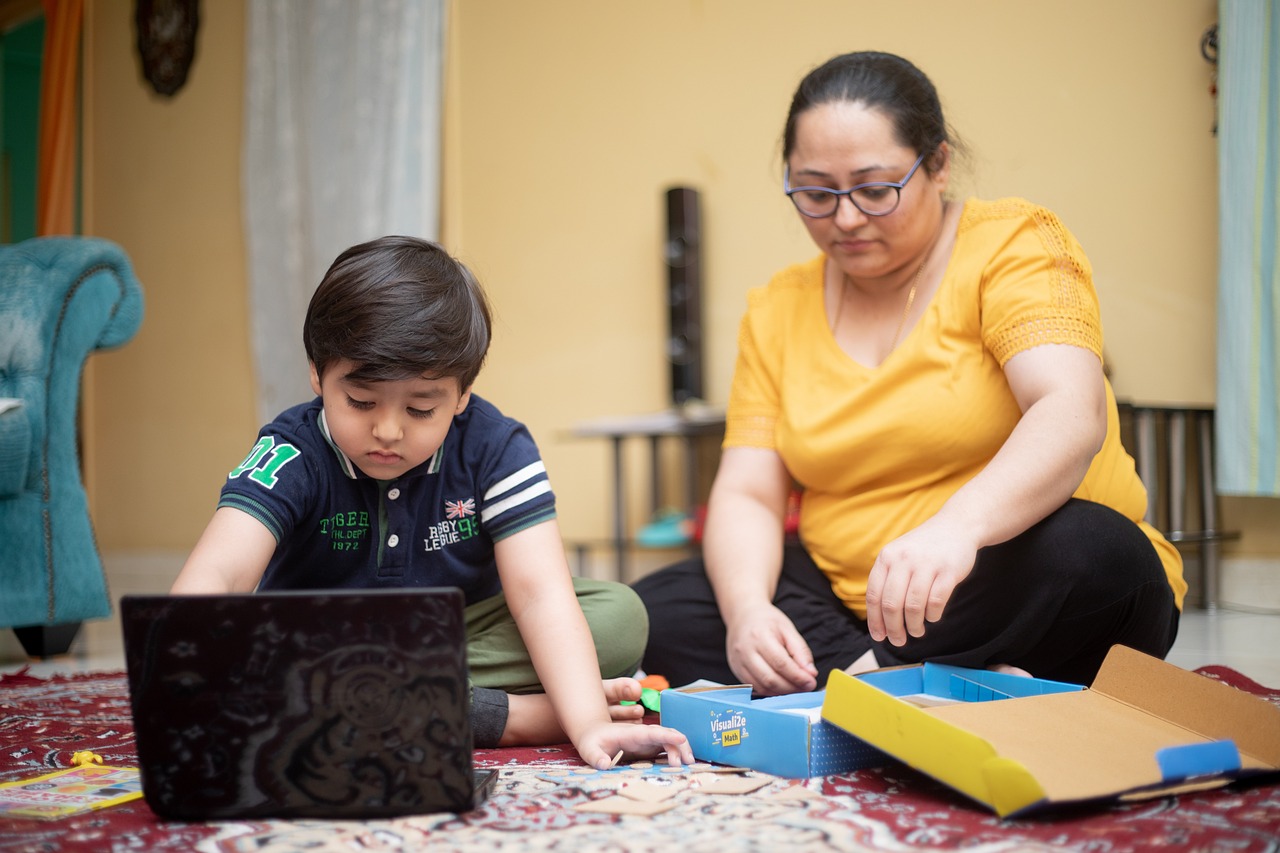As technology continues to shape our daily lives, it can be easy to forget the importance of spending time outside. That’s why forest schools courses are becoming increasingly popular for children and adults alike. By immersing yourself in nature, you can learn new skills, improve your wellbeing, and have fun in the process.
Forest schools courses take place in natural environments, such as woodland and meadows. Rather than traditional classrooms, students learn by exploring the outdoors and engaging in practical activities. This style of learning has several benefits for both children and adults.
For one, spending time in a natural environment can have a calming effect on our mental health. Research has shown that spending time in nature can reduce stress, anxiety, and depression. In fact, studies have found that children who attend forest schools courses have improved mental wellbeing and are better equipped to handle life’s challenges.
Forest schools courses also help to improve our physical health. Being outdoors encourages physical activity, which can improve fitness levels and boost our immune system. Studies have found that spending time in nature can also decrease the risk of developing conditions such as obesity, heart disease, and diabetes.
Aside from the health benefits, forest schools courses can also help individuals to develop new skills. Participants can learn a variety of practical skills, such as building a campfire, constructing a shelter, and foraging for food. These skills not only teach valuable life lessons, but they can also improve our confidence and self-esteem.
In addition to practical skills, forest schools courses can also teach academic subjects. Science, mathematics, and language skills can all be taught in a natural setting. For example, students can learn about the ecosystem and wildlife by observing and analyzing the environment. This hands-on approach to learning can help to improve students’ understanding of academic subjects and make lessons more engaging.
Another important benefit of forest schools courses is that they encourage socialization and teamwork. Participants work together to complete tasks and solve problems, which can improve communication skills and encourage cooperation. By working together, students can build stronger relationships and develop a sense of community.
Forest schools also offer a unique environment for personal and spiritual growth. Being in nature can help individuals to reflect on their inner selves and develop a deeper appreciation for the world around them. This can lead to a greater sense of purpose in life and a more positive outlook on the world.
Despite the many benefits of forest schools courses, some individuals may be hesitant to try this style of learning. One concern may be safety, as outdoor settings can have hazards such as uneven terrain and wildlife. However, qualified forest school leaders are trained to ensure that participants are safe and that risks are minimized.
Another concern may be the lack of formal academic structure. However, forest schools courses still aim to cover academic subjects in a structured and meaningful way. Participants can still learn important skills and knowledge, but in a more engaging and hands-on way.
There are many benefits to attending forest schools courses. Whether you’re a child or an adult, spending time in nature can help to improve your mental and physical wellbeing, teach new skills, and offer a unique environment for personal growth.









